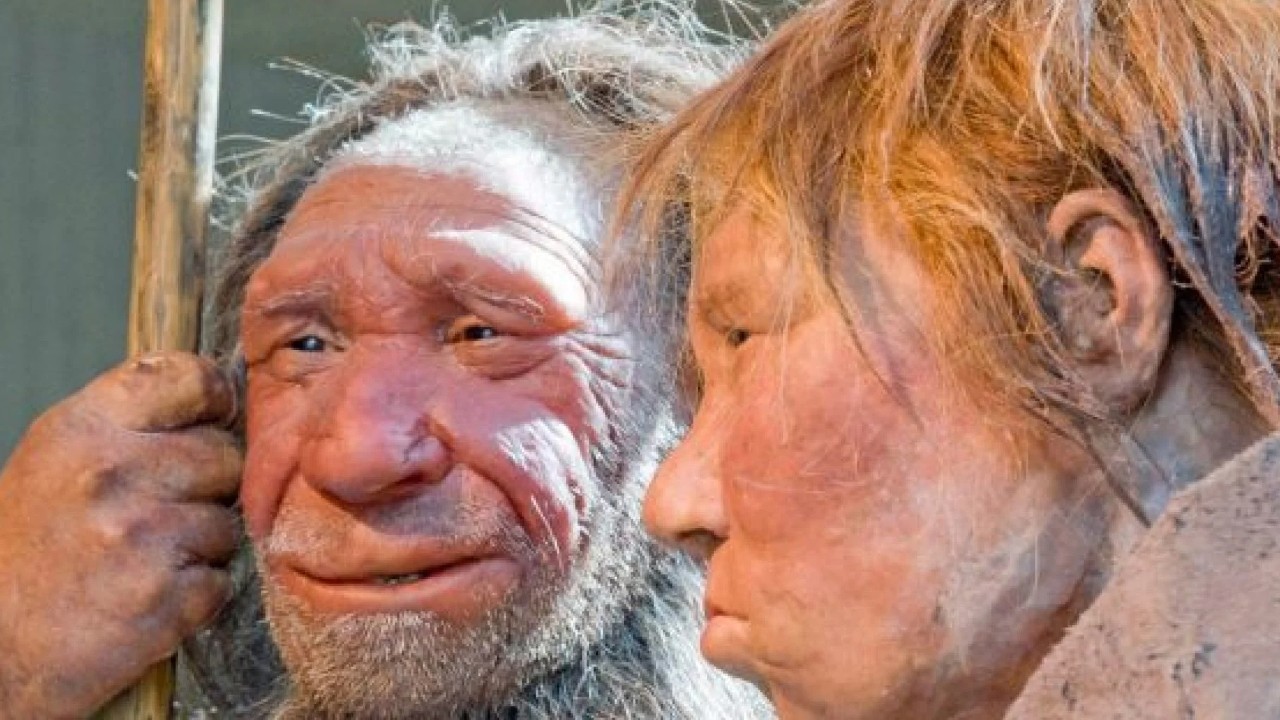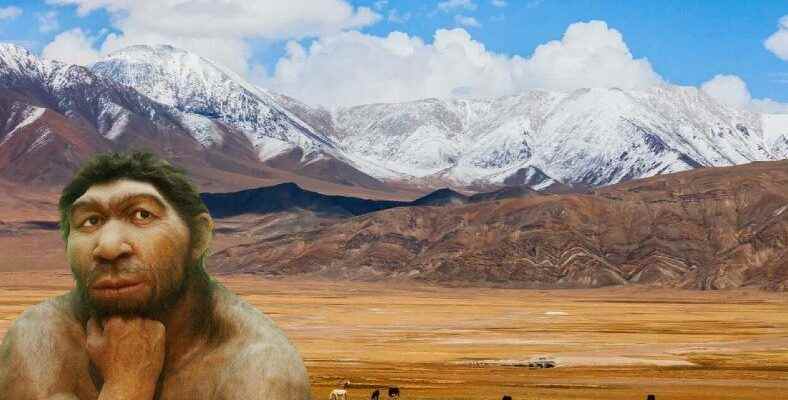A new study published today has revealed that Denisova people, a close relative of Homo Sapiens, may have lived in the high reaches of the world’s largest plateau. According to experts, the Denisovans living in this region may have had a significant impact on the health of modern humans.
Denisova the named species, the modern human being Homo Sapiens described as a close relative. These species, which generally lived in Siberia thousands of years ago, shed light on history by providing scientists with important data on the evolution of human beings. A new study published also reveals new information about what these types of people are doing on our planet and how it is affecting our species.
The study, published in Trends in Ecology & Evolution, finds that Denisova people are on the ‘world’s highest and widest plateau’.to the Tibetan Plateau revealed that it may have been home to much longer than modern humans.
Denisovans may have settled on the Tibetan Plateau before Homo Sapiens
The Tibetan Plateau, also called the Himalayan Plateau, is located at an average of 4,000 meters above sea level, and for this reason ‘roof of the worldAlso called ‘. Located in Mongolia, China, and Russia, this region was considered one of the last places Homo Sapiens settled permanently. Although previous research has shown that this plateau was used as a settlement by other people, it was not known when and by which species this was done.
The new research published has also come up with new ideas on this subject. Combining both archaeological and genetic evidence, the researchers tried to find out when humans settled on the world’s highest and widest plateau. As a result of the examination of the models created, it was determined that human ancestors were more than predicted in the region. longer time ago Turns out he might have lived.
Modern humans may have adapted to the lack of oxygen, thanks to the Denisova people

In addition, it should be noted that the available evidence indicates that Homo Sapiens may have been used as a permanent settlement on the plateau between 30,000 and 40,000 years ago. According to the experts, DNA analyzes have shown that there was a ‘interaction between Denisovans in East Asia and modern humans.hybridization’ may have caused people to settle in this low-oxygen environment.
One of the researchers, Nicolas Zwyns, is also concerned about this situation, “We don’t know exactly whether Denisovans are adapted to high altitudes; however, some genes were passed on to us, thousands of years later. to hypoxia (lack of oxygen) may have caused it to adapt.” used the phrases.
According to scientists, archaeological evidence indicates that Denisovans lived on the Tibetan Plateau at approximately 160,000 years ago revealed that he was alive. However, it is unknown whether these human species used the plateau as a ‘settlement’ for many years. So there is a possibility that the area is occasionally visited by Denisova people.
RELATED NEWS
A Rare Disease That Causes Congenital Absence of Breasts in Humans: Amastia
In short, the research shows that the possibility of ‘crossbreeding’ between Denisovans and Homo Sapien on the Tibetan Plateau may have had a significant impact on enabling modern humans to endure oxygen deficiency and establishing life in this region. However, it is emphasized by experts that research on the subject is currently insufficient, definitive information cannot be reached and hypotheses cannot be verified.
Source :
https://www.sciencealert.com/our-extinct-cousins-reached-the-roof-of-the-world-a-long-time-before-homo-sapiens
